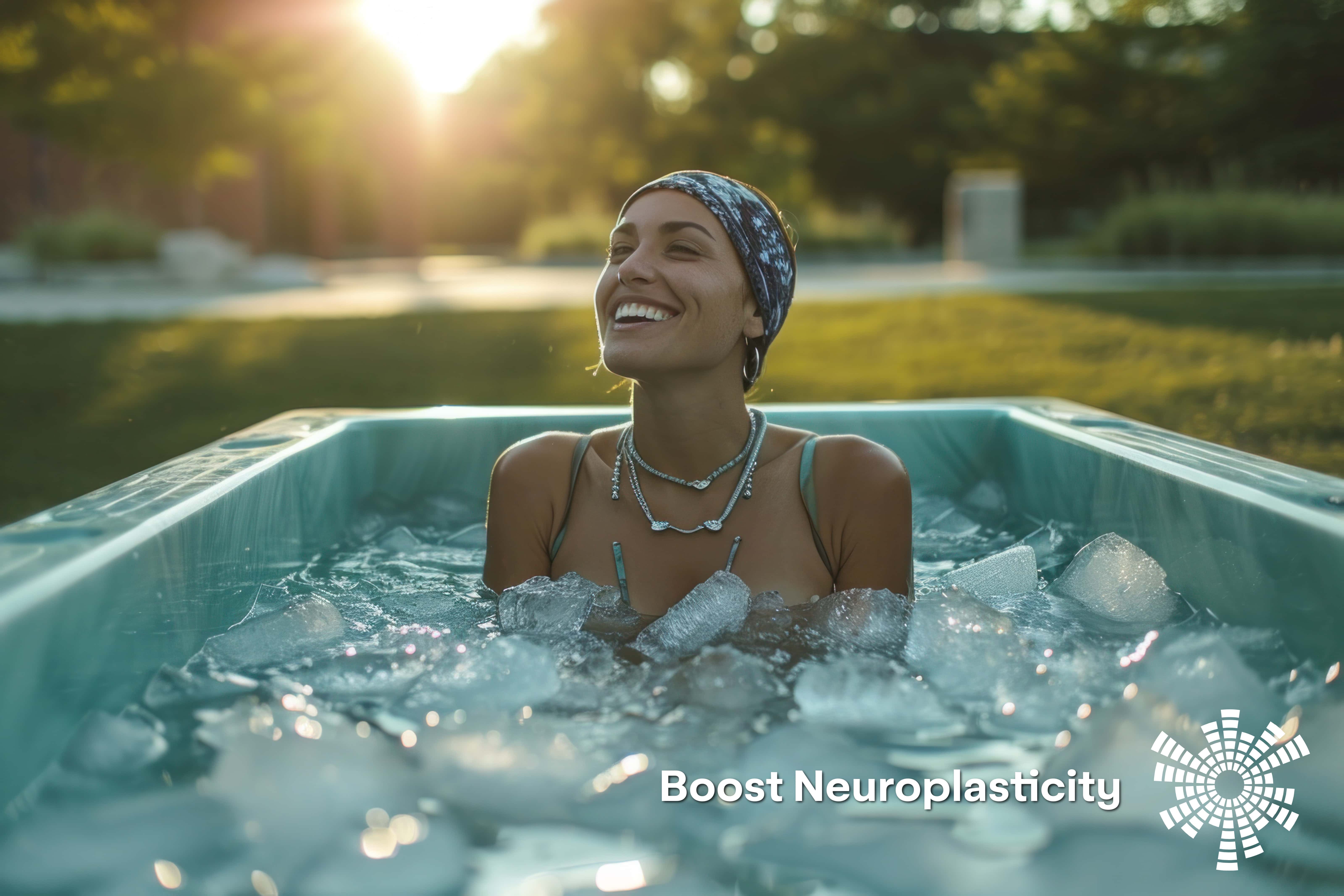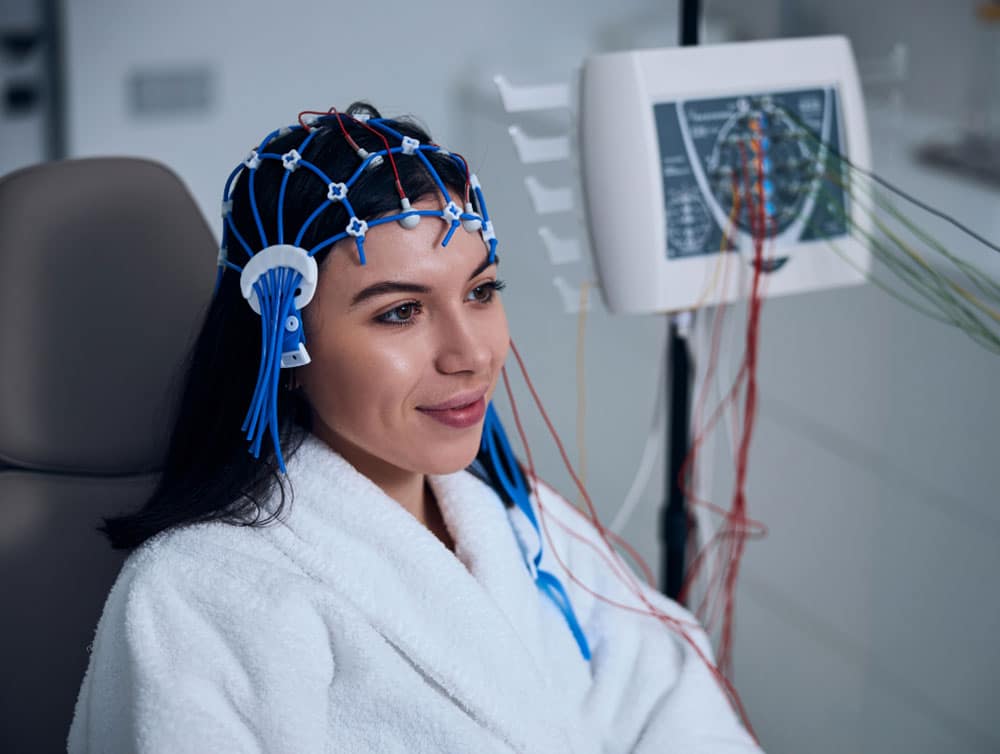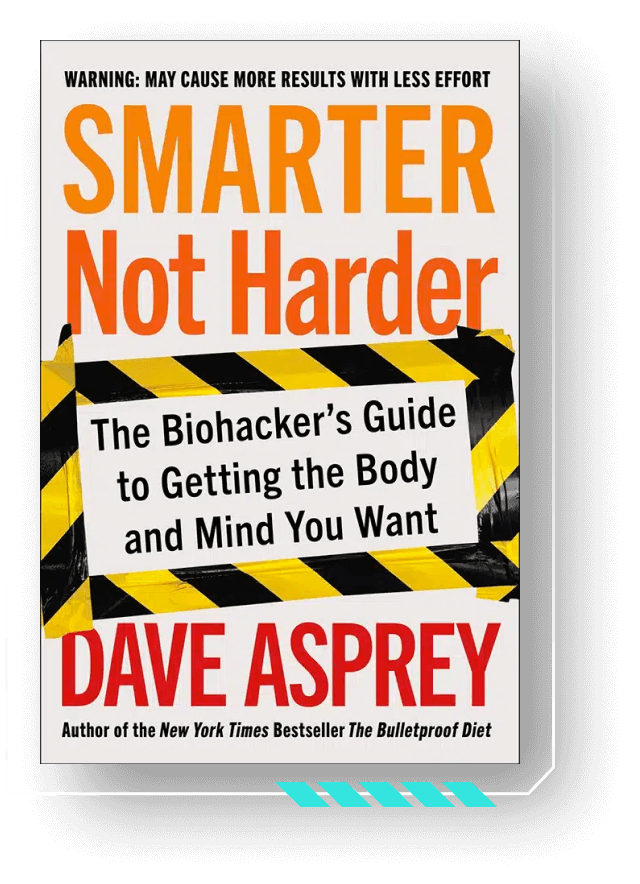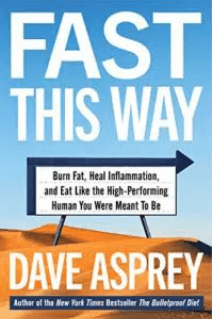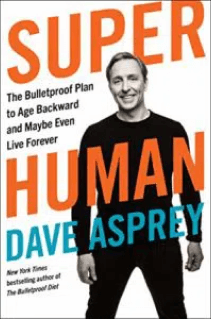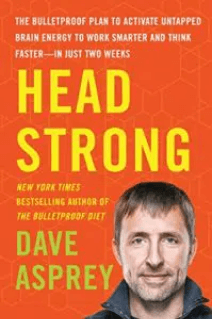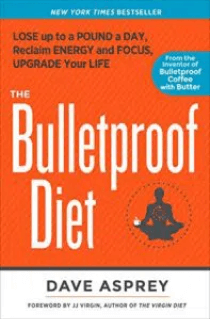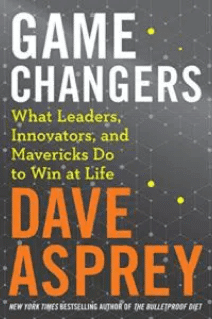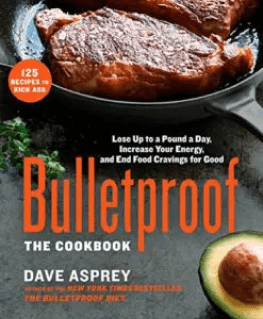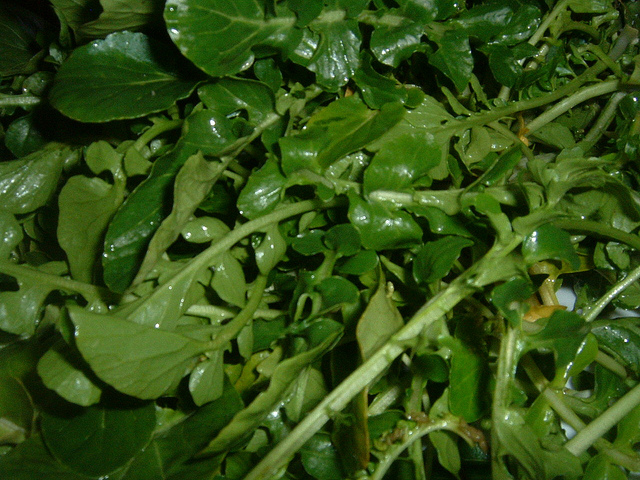
What are the top superfoods to eat a lot of? The Bulletproof Diet Roadmap and Bulletproof Diet Book provide a framework for answering this question. The CDC provides another.
The CDC has taken another stab at defining powerhouse fruits and vegetables, but they unfortunately got it wrong again. (Watercress comes out on top!?)
Here’s why.
What Is the ANDI Score For Food Nutrients?
This CDC report calculated its list of top superfoods based on ANDI Scores, or “aggregate nutrient density index” scores intended to find the foods with the highest nutrient-per-calorie density. Unfortunately, ANDI Scores are hopelessly broken because the denominator is the energy density of food: i.e., how many calories are in 100 grams of the food.
That means that if you take watercress – 100 grams of watercress is probably 95 grams of water and has exactly FOUR calories (yes, 4 calories)… you can ignore the water in the equation.
So if it has enough vitamins to equal 400 (quite a lot of vitamins), you divide by the number of calories and you get a nice score of 100. Sounds great, right?
Except you’ll starve to death on a watercress diet because there’s no energy in it.
You’ll also experience food cravings if you eat tons of it.
Following just ANDI Scores is a roadmap to starving.
The ANDI/nutrient density approach discounts some of the most important factors to look at when you eat. ANDI scores make people try to avoid calories when it’s calories from the right foods that make your brain and body work.
A lot of the foods the CDC lists are indeed very good for you due to high vitamin content – lots of greens and cruciferous veggies of course – but you can’t subsist on them alone.
Truly high nutrient foods, like liver or butter or egg yolks, are penalized because they’re high calorie.
Guess what has the highest ANDI score? A multivitamin. Sure, I take supplements.
But I also eat real food too.

